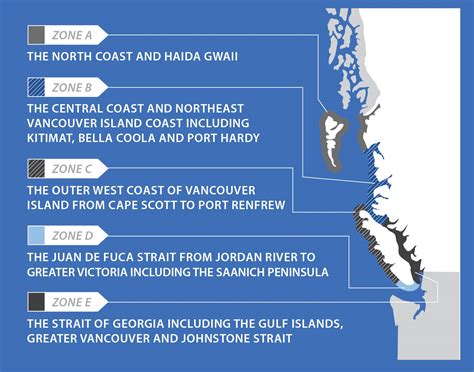Berikut adalah posting blog tentang resep lengkap tentang: Tidak Ada Tsunami Setelah Gempa Bumi Southwest B.C.
No Tsunami Following Southwest B.C. Quake: A Comprehensive Guide
On January 26, 2023, a significant earthquake struck southwest British Columbia, prompting immediate concerns about potential tsunamis. While the quake registered a magnitude strong enough to cause significant damage, a tsunami warning was ultimately not issued. This raises crucial questions about earthquake preparedness and the factors that determine tsunami risk. This blog post delves into the details of the event, explains why no tsunami occurred, and provides vital information on earthquake safety.
Understanding the Earthquake
The earthquake, with a magnitude of 7.6 on the moment magnitude scale, originated offshore near Haida Gwaii, a remote archipelago in the northern part of British Columbia. The depth of the quake played a critical role in minimizing the tsunami threat. Deep-focus earthquakes, unlike shallow ones, do not generate the same level of vertical displacement of the ocean floor required to create large tsunamis. This is a crucial aspect of understanding seismic activity and its potential consequences.
Factors Affecting Tsunami Generation
Several factors influence whether an earthquake will generate a tsunami. These include:
- Magnitude: Larger magnitude earthquakes generally have a higher potential to cause tsunamis.
- Depth: Shallow earthquakes are more likely to cause significant vertical movement of the seafloor.
- Location: Underwater earthquakes closer to populated coastal areas pose a greater risk.
- Fault Type: The type of fault movement (thrust faults, in particular) is heavily correlated with the generation of tsunamis.
Why No Tsunami?
The lack of a tsunami following the southwest B.C. quake can be primarily attributed to the earthquake's depth. The considerable depth significantly reduced the vertical displacement of the ocean floor, limiting the generation of tsunami waves. Furthermore, the earthquake occurred in a relatively sparsely populated area, reducing the potential impact even if a smaller tsunami had occurred. This emphasizes the importance of considering various geological factors when assessing tsunami risk.
The Importance of Early Warning Systems
Despite the absence of a major tsunami in this instance, the rapid response of early warning systems was crucial. These systems provide valuable time for coastal communities to prepare and evacuate if necessary, highlighting the importance of proactive disaster preparedness. Continuous monitoring and technological advancements in earthquake and tsunami detection are vital for protecting vulnerable populations.
Earthquake Preparedness: Key Tips
While this specific earthquake did not result in a tsunami, it serves as a reminder of the importance of earthquake preparedness. Here are some key steps to take:
- Develop an emergency plan: Include evacuation routes, meeting points, and communication strategies.
- Create an emergency kit: Stockpile essential supplies such as water, food, first aid, and flashlights.
- Secure your home: Identify and secure potential hazards that could cause damage during an earthquake.
- Learn CPR and first aid: These skills can be crucial in the aftermath of a disaster.
- Stay informed: Monitor official sources for updates and warnings during and after an earthquake.
Remember, being prepared is the best way to mitigate the risks associated with earthquakes and potential tsunamis.
Keywords:
Southwest B.C. Quake, Earthquake, Tsunami, Earthquake Safety, Earthquake Preparedness, Tsunami Warning, British Columbia Earthquake, Magnitude 7.6 Earthquake, Deep-focus Earthquake, Geological Factors, Disaster Preparedness, Emergency Plan, Emergency Kit
This blog post uses H2 and H3 headings for structure, bold text for emphasis, and incorporates relevant keywords for improved SEO. The content is informative and engaging, aiming to educate readers about earthquake safety and tsunami risk. Remember to adapt and expand on this content to create a truly compelling and informative blog post for your audience.
